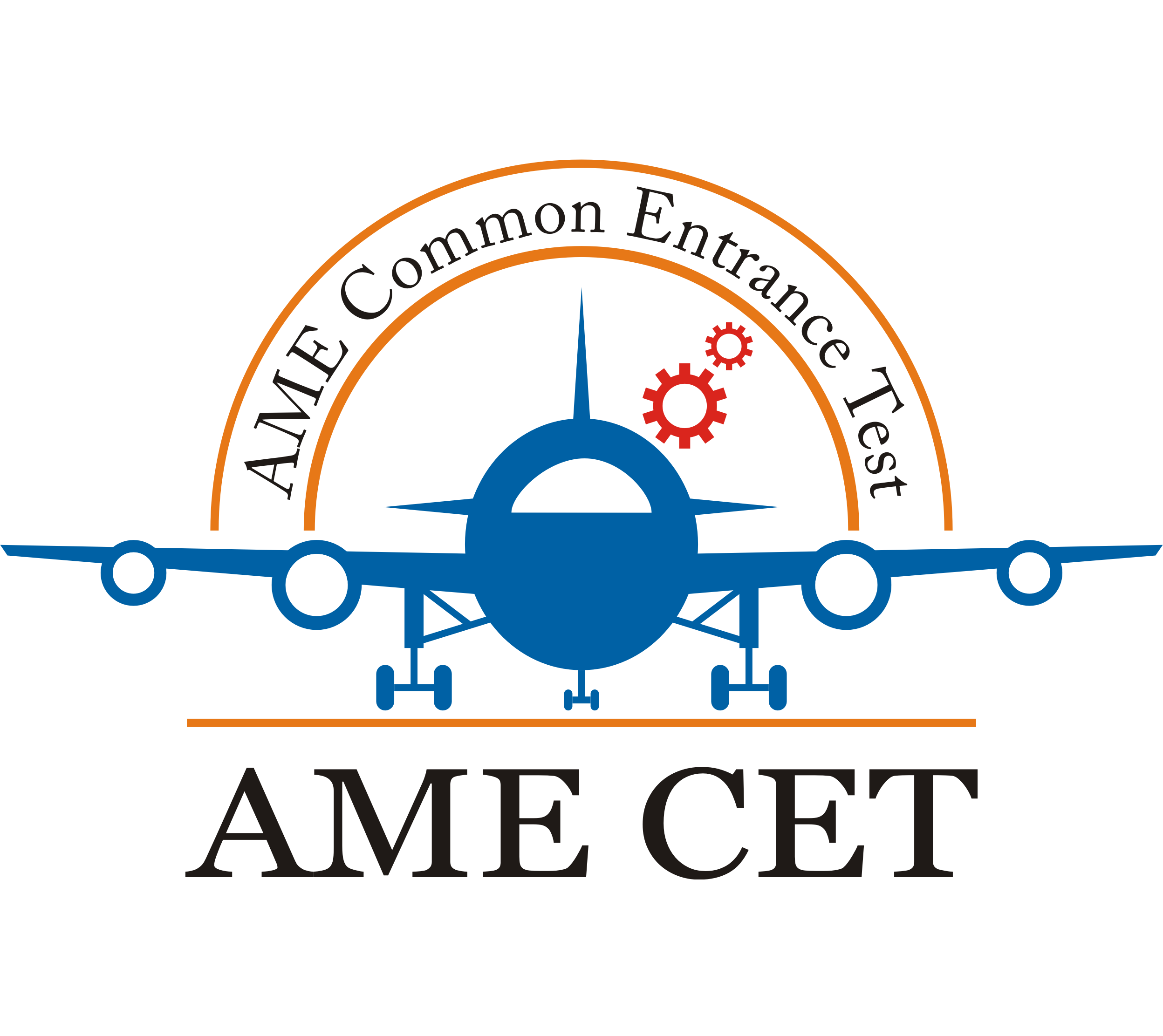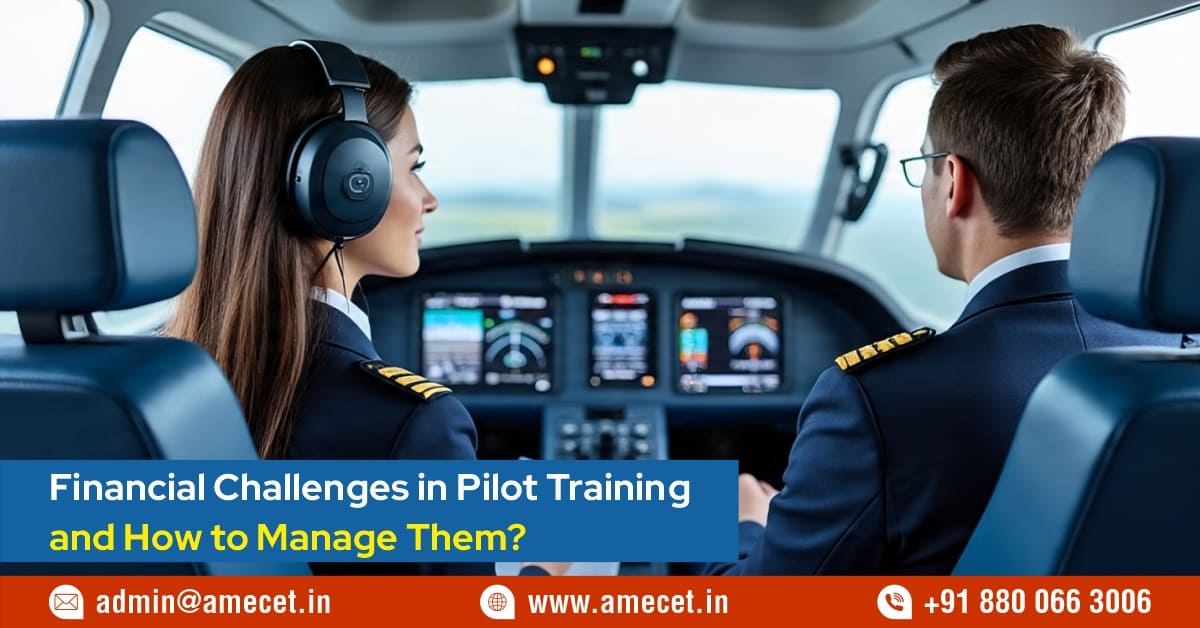Financial Challenges in Pilot Training and How to Manage Them
Posted on : 8 September, 2025 11:32 am
Becoming a pilot is one of the most exciting and rewarding career paths, but it comes with a significant financial investment. Pilot training is expensive compared to many other professional courses, and for most students and their families, managing the cost becomes the biggest hurdle. However, with proper planning, awareness, and smart financial strategies, these challenges can be overcome. Let’s explore the key financial challenges in pilot training and how students can effectively manage them.
1. High Cost of Pilot Training
The most obvious challenge is the cost. In India, obtaining a Commercial Pilot License (CPL) can cost anywhere between ₹30–50 lakh, depending on the flying school, aircraft fleet, and duration of training. If a student opts for training abroad, the expenses can go even higher, often crossing ₹60 lakh–₹1 crore.
How to Manage:
- Compare schools wisely: Research multiple DGCA-approved flying schools to find the most cost-effective without compromising quality.
- Plan in advance: Start financial planning at least 2–3 years before beginning the course.
2. Hidden Expenses Beyond Tuition
Many students think only about tuition fees, but pilot training involves several additional costs such as medical examinations, license fees, DGCA exams, simulator charges, and even accommodation near the flying school. These hidden expenses can add up to several lakhs.
How to Manage:
- Make a complete budget: Include medicals, books, uniform, DGCA fees, and living costs in your financial plan.
- Choose local training options: If possible, select a school closer to home to reduce accommodation and travel costs.
3. Limited Availability of Scholarships
Unlike engineering or medical courses, scholarships for pilot training are limited. Very few government or private institutions offer financial aid, making it tough for middle-class students.
How to Manage:
- Look for niche scholarships: Some organizations, like state governments or private aviation companies, occasionally offer sponsorships.
- Apply through AME CET and similar exams: These entrance exams sometimes provide scholarships to deserving students.
- Stay updated: Regularly check DGCA, airline, and aviation forums for new opportunities.
4. Difficulty in Getting Loans
Banks and financial institutions are often cautious about giving education loans for pilot training because it is costly, and job placement is not always guaranteed. This makes arranging funds even more challenging.
How to Manage:
- Approach multiple banks: Some banks, especially those partnered with flying schools, offer loans more easily.
- Provide a strong career plan: Show banks your course details, future demand for pilots, and projected earnings.
- Consider co-applicants: Having parents or guardians as co-applicants with collateral security can improve loan approval chances.
5. Delayed Return on Investment
Even after completing CPL, many students need additional type-rating training (₹20–30 lakh) before joining an airline. This means the financial burden continues until you actually get a job.
How to Manage:
- Save in advance for type-rating: Treat it as part of your pilot training cost, not an extra surprise.
- Look for airline cadet programs: Some airlines cover type-rating costs and deduct them later from your salary.
- Start with smaller roles: Jobs like flight instructor or charter pilot can help you earn while preparing for airline opportunities.
6. Family and Social Pressure
For many families, investing ₹40–50 lakh in a single child’s education feels overwhelming. Social pressure and financial insecurity often discourage students from pursuing their dream.
How to Manage:
- Educate your family about pilot demand: Present statistics about rising aviation growth and pilot shortages worldwide.
- Break costs into stages: Pay fees step by step rather than all at once. This reduces the pressure on families.
- Seek part-time income options: While not always easy, online freelancing or ground handling jobs during theory phases can help.
Pilot training is undoubtedly expensive, but it is also one of the most rewarding careers with salaries ranging from ₹6–12 lakh per month in major airlines. The financial challenges—whether high training fees, hidden costs, limited scholarships, or loan difficulties—can all be managed with the right planning.

